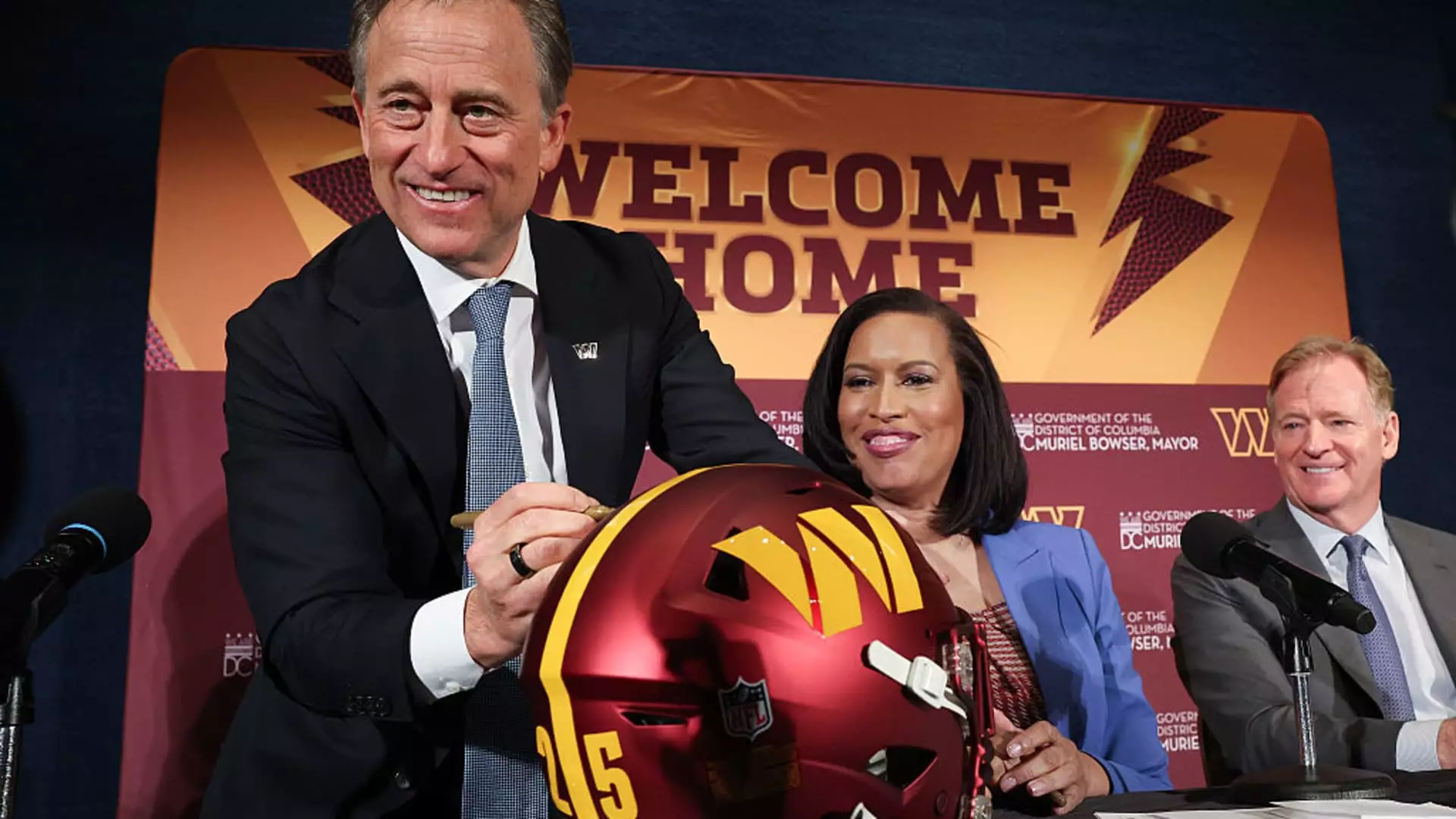The Washington Commanders are making headlines again, but this time it isn’t just about touchdowns or tackle counts. This is a monumental shift back to their roots, as they prepare to return to Washington, D.C. The NFL franchise has reached an agreement to relocate from Landover, Maryland, back to the historic site of Robert F. Kennedy Memorial Stadium, signalling a deep connection to the essence of the city’s sports culture. This relocation comes alongside a hefty investment of $2.7 billion from the team, alongside a substantial $500 million commitment from the city government.
This moment isn’t merely about the relocation; it’s emblematic of a resurgence in D.C.’s sporting identity, served with a side of economic ambition. The planned developments set to emerge from this project promise more than just a stadium; they represent a vision for a vibrant community hub comprising housing, restaurants, and park spaces. In a climate where urban centers struggle with development versus preservation debates, the Commanders’ plan seems to strive for a symbiotic relationship between sports and socio-economic growth.
Investment Amidst Uncertainty
While the plan appears enticing, it raises questions about fiscal responsibility and long-term viability. The Commanders are not just investing money; they’re demanding extensive public resources as well. The combined budget amounts to a staggering $3.7 billion — a figure that merits scrutiny. Sure, the potential job creation and anticipated tax revenue foreshadow a flourishing local economy, but one must remain cautious about the risks involved in such a massive public-private partnership. D.C. residents deserve transparency on how these investments will directly benefit them, especially when substantial public funds are at stake.
Furthermore, what about the historical context? RFK Stadium has its own set of memories and experiences that cannot simply be brushed aside. The nostalgia of the past contrasts sharply with the gaping hole left by its demolition. In a city rich with cultural and historical references, it is crucial to consider how this new development pays homage to its predecessors. Will the new stadium foster the same sense of community that its predecessor did, or will it further alienate a fan base still reeling from the franchise’s tumultuous history?
A Vision for Inclusivity
On the flip side, mayor Muriel Bowser’s excitement highlights a general optimism surrounding the project. According to her, the Commanders’ return signals an opportunity to provide “housing, park space, recreation, retail, entertainment and more.” This ambitious vision, if executed well, could stimulate not just economic growth but community cohesion. Sports have a unique ability to bring people together, fostering inclusiveness. But this dream can only manifest if accessible paths and opportunities for all segments of society are made a priority.
However, the challenge remains: How do we ensure that this new oasis isn’t just another privilege granted to the affluent? The onus is on the city and the Commanders to design this space thoughtfully, ensuring equitable access to the benefits that come with such a major redevelopment. Only then can we truly celebrate a triumphant return and the metamorphosis of a forgotten site into a modern landmark.
The Commanders’ return to D.C. marks not just a physical relocation, but potentially a redefinition of what it means to be a sports team in a major city. The stakes are high, and the road ahead is complex, but it is an adventure that may well redefine the landscape of Washington, D.C.

Leave a Reply